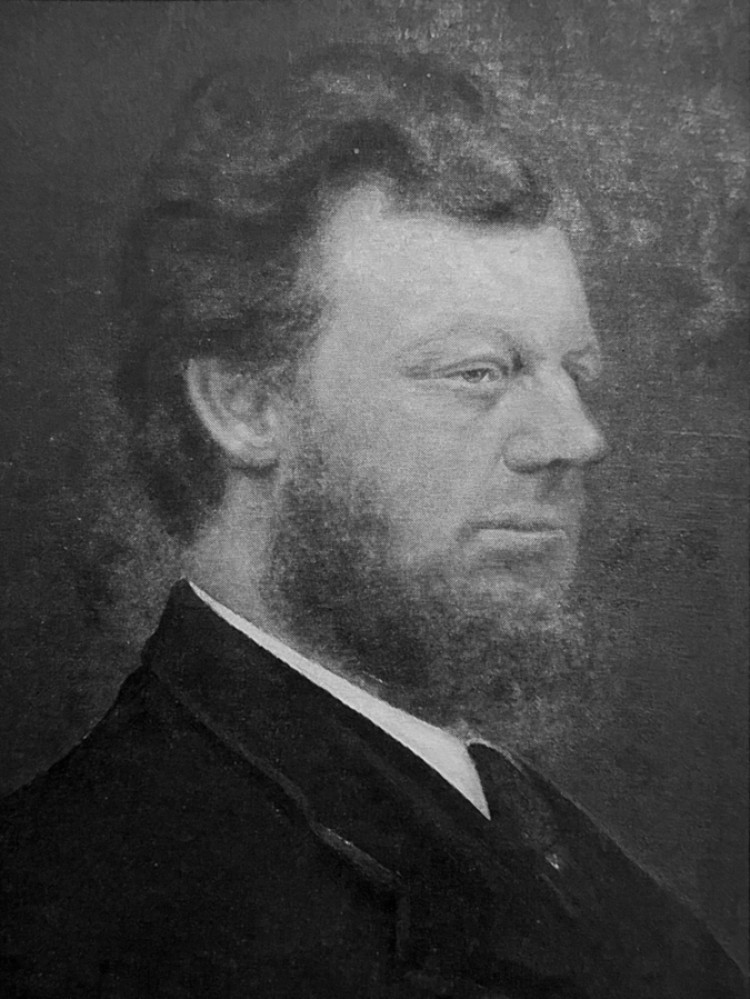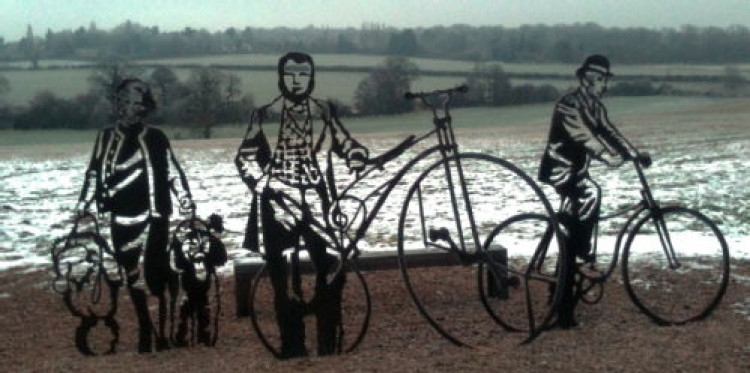Plaque to be installed commemorating bicycle pioneer from Kenilworth
By James Smith 12th May 2024
By James Smith 12th May 2024

Plans to install a blue plaque to commemorate the memory of a man credited with helping invent the bicycle have been given the green light.
Warwick District Council (WDC) has given approval for the plaque for Edward Langley Fardon to be installed on the side of The Forge in Stoneleigh.
The grade II listed building dates back to the 1800's and is said to have been used as a workshop by the inventor and whitesmith.
Referred to as 'the Old Smithy', the building on The Green is just a short walk from the church of St Mary the Virgin, where Fardon is buried.
Well known locally for creating gates, Fardon is said to have tested the first all-metal bicycle with rubber tyres in Kenilworth in 1869 - setting out from Warwick Road to Leek Wootton.

An exert from research by the Stoneleigh Historical Society says he was born in Leamington on 11 December 1839, and grew up in Kenilworth.
"His invention of attaching rubber tyres to the bicycle stands him at the forefront of cycle manufacturing," the research - submitted alongside the application - says.
"He became a mechanical and heating engineer for the Stoneleigh estate......Edward died on 9 February 1926 at the age of 86.
"He had been much feted by the local community though he remained a modest and quiet individual who had refused to patent his bicycle invention."
It added: "There is some speculation that the credit for the 'safety' bicycle has been given to others due to Edward Fardon's reluctance to patent his invention, which had he done so would have elevated him to international significance."
WDC planners approved the application for the plaque, which is designed to look like a bicycle wheel.
"As a craftsman who has a relationship with not only the village but also wider society, the plaque is considered to positively enhance the character of the conservation area by encouraging a greater interest in not only the historic buildings in the village, but also former inhabitants," a council report said.
"The plaque provides an example of the changing narratives of historic buildings and illustrates that inhabitants of heritage assets are both homeowners and custodians, with their own legacies which can contribute to the existing special historic and architectural value of listed buildings."

But the application has been met with some criticism by local Kenilworth historian Robin Leach who says he has spotted some inaccuracies in the information supplied.
Mr Leach - who wrote a biography of Fardon in his book raised Kenilworth People & Places, Volume 1 (2011) - took issue with the use of the phrase 'safety bicycle' in the application and WDC report.
"This is simply not true," he said.
"In addition, the plaque itself has an error; it states that Fardon's bicycle was 'the first with suspension', which is also not true.
"The seat only had suspension; it sat on 'carriage spring steel'."
Mr Leach did however add Fardon's penny-farthing type was "ground breaking" on three fronts.
"It was the first to use rubber tyres; other than those, it was the first to have an all-metal structure; and crucially it had its wheels in tension, held by its spokes," he said.
"These he developed before creating the safety cycle, with chain drive and wheels of equal size, some 15 or so years later in 1885.
"It should also be stressed that Fardon's revolutionary bicycle was made, and ridden for the first time, in Kenilworth.
"Edward Fardon deserves his place in cycle development history, but it is imperative that his contribution is recorded accurately."
See the full application here.
CHECK OUT OUR Jobs Section HERE!
kenilworth vacancies updated hourly!
Click here to see more: kenilworth jobs
Share:


























